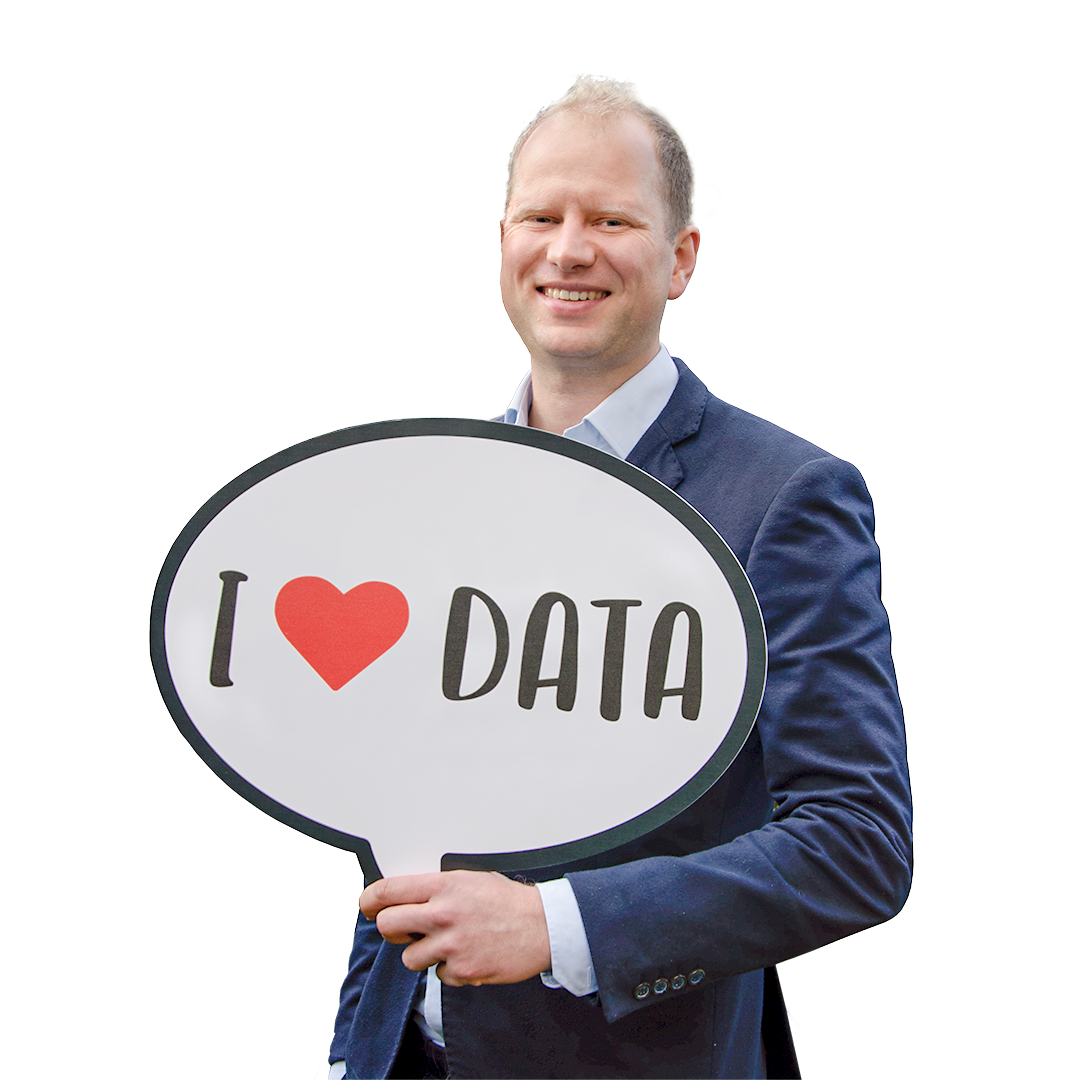Hi, I’m Bartosz Czapiewski. In 2010, inspired by rules on data visualisation and the concept of data presentation in the form of dashboards, I created a Polish blog SkuteczneRaporty.pl. My passion resulted in creation of an expert website where I share practical information on good practice for data presentation and using it in computer programmes like Excel and Power BI. Later I’ve desgined an Excel mapping software and described it on Maps-for-Excel.com. My last achievement is a free online course on mapping in Excel & Power BI.
I run trainings and projects for the biggest companies Polish and global companies (Danone, Mars, Skanska, VW, Lidl).
My original workshop on data visualization Art of Data Visualization & Dashboard Design Effective was recognized by over 1000 of people from different businesses. I’m a big fan of data preparation in Excel Power Query and data modelling in Power Pivot. I’m an enthusiast of Power BI. I’m open to questions, new projects and I appreciate direct contact so don’t hesitate to write or call me.
To teach you how to perceive and understand figures and share them through data visualisation – charts and dashboards.
It was in 2009 when, working in an international company from the financial sector, my superior asked me to prepare a dashboard. I wasn’t familiar with the word so I checked it thoroughly via web browser where I found car dashboards and analogical dashboards presenting business performance. Both forms shared two important features – they’re both on a single screen in the viewer’s range of view and they present figures graphically and visually. It was a completely different approach than the one I had been familiar with. Traditional reports, most frequently present in companies and organisations, have thousands of columns with figures spread over many sheets. When looking for best practice in developing dashboards I came upon the principles of data visualisation, that is an approach which starts from the way of functioning of human brain in the context of data analysis. Only by combining these two elements – correct visualisation of data and dashboards, we substantially facilitate our work with dashboards.

Each day millions of people across the world create reports, in the form of text, tables and graphically, which aim at passing information to the recipient and sharing knowledge. The reports cover comparison of business data, financial statement, as well as a press article. We’re an information-based society where the ability to acquire, process, analyse and present information is highly valuable. Reports are at a premium especially in business, as they are the basis for making everyday decisions. Their adequacy largely depends on effectiveness of the report. These are my observations regarding data visualisation:
- Most people who create charts can’t use them properly.
- The most popular charts (e.g. pie charts) are the least effective.
- It’s in fashion to “give colour” to reports, which is against the way our brain functions.
- The most popular computer programmes which are used to visualise data, including Microsoft Excel, misguide the user and break the basic principles of data visualisation.
- The charts which are presented in press and reports also misguide the recipients.
- The concept of dashboards was reflected only in Excel 2013, and in such concealed manner that not many users can discover it.
Data visualisation isn’t taught as a subject at any school of economics in Poland. It isn’t present in MBA programmes.


